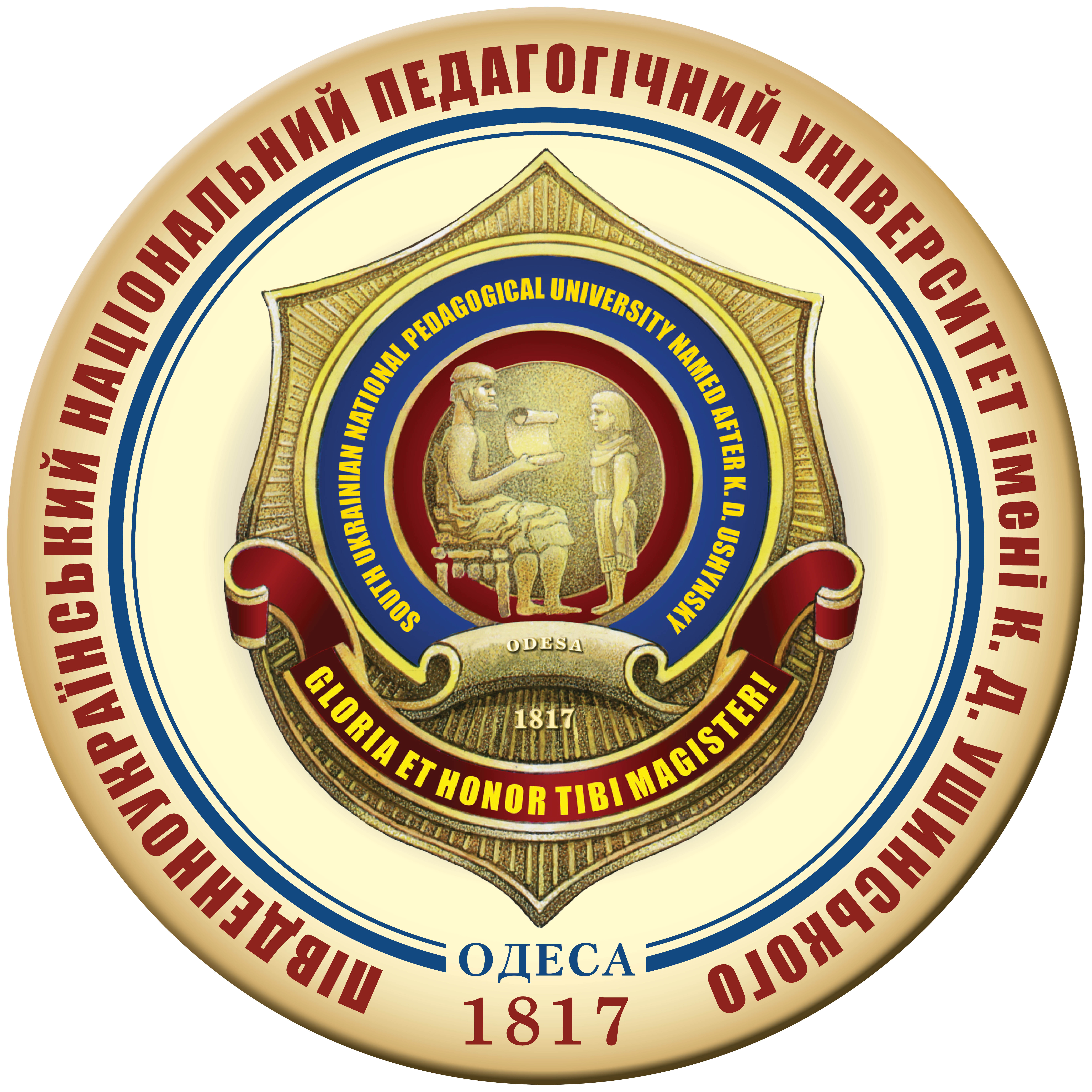THEORETICALLY METHODOLOGICAL MEANS OF ASSESSING THE LEVEL OF PHYSICAL FITNESS OF CHILDREN IN SUP-SPORTS
DOI:
https://doi.org/10.24195/olympicus/2023-2-4Keywords:
evaluation methods, physical fitness, functional state, control, physical load.Abstract
Training in SUP sports provides the necessary level of adaptation and strengthening of children’s health, promotes the development of psychophysical abilities. The positive result of the training process depends on the functional state and level of training of the children’s body, which can be determined and evaluated with the help of functional samples and tests. Control of physical fitness and reliability of indicators is determined by the correspondence of the results of their application to actual changes at the level of one or another quality in the athlete in the conditions of each type of control, as well as the stability of the results obtained during repeated use of the indicators in the same conditions. The level and features of physical development are determined using anthropometry, i.e. a system of measurements and studies of linear dimensions and other physical characteristics of the body, which allows to assess the level and harmony of physical development by comparing the main anthropometric indicators of the subject (height, body weight, OGK) with average indicators (standards) physical development) in the appropriate age group. The functional state of the cardiovascular and autonomic nervous system is determined using an orthostatic test (change in body position). To determine the condition of the respiratory system and children, breath retention during inhalation (Stange test) and during exhalation (Henchi test) is used. Three versions of Romberg’s coordination test are used to assess the level of coordination of children’s movement, which is disturbed due to various anomalies in the central and peripheral nervous systems, in the vestibular apparatus. Theoretically, methodological means of assessing the level of physical fitness of children in SUP sports are an important criterion for preserving and strengthening the state of health and determining the degree and harmony of an athlete’s physical development.
References
Вікова фізіологія / О. Виноградов та ін. ; ДЗ «ЛНУ імені Тараса Шевченка». Луганськ, 2010. С. 12–15.
Волков Л. Теорія спортивного відбору: здібності, обдарованість, талант. Київ : Вежа, 1997. 128 с.
Веслування на байдарках і каное та веслувальний слалом / Ю. Воронцов та ін. Київ, 2007. 83 с.
Козлов Б. Критерії спортивного відбору і орієнтація веслувальників-каноїстів. Хмельницький, 2021. 68 с. С. 12–13.
Кошура А. Теорія і Методика спортивних тренувань. Чернівці, 2021. 105 с.
Особливості функціональних можливостей веслярів на байдарках та каное високої кваліфікації / Є. Лисенко та ін. Наука в олімпійському спорті. 2004. № 02. С. 65–71.
Писанець І. Методи оцінки фізичного стану студента у процесі фізичного виховання. Бердянський державний педагогічний університет. С. 3–4.
Сосіна В. Фізична підготовка спортсменів. Львів, 2013. С. 5.
Веслувальний спорт / А. Тіхоміров та ін. Миколаїв, 2018. 116 с.
Контроль фізичної підготовленості / О. Шинкарук та ін. Київ, 2017. 209 с.








